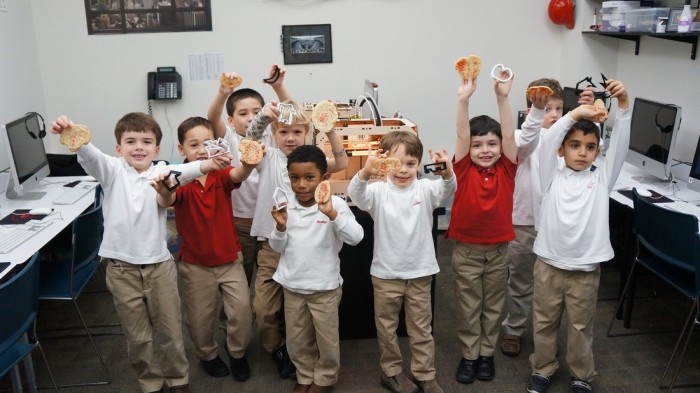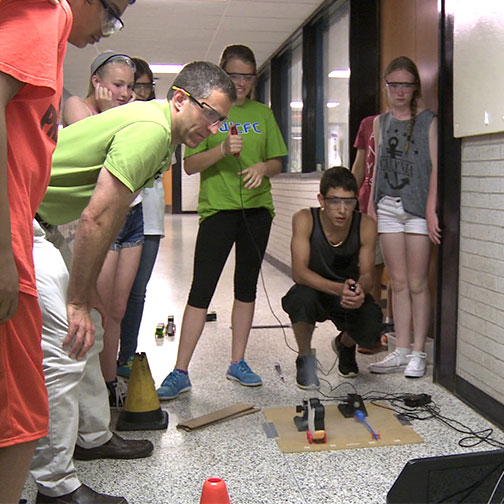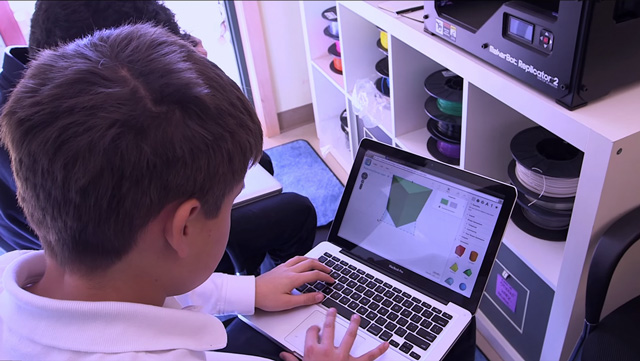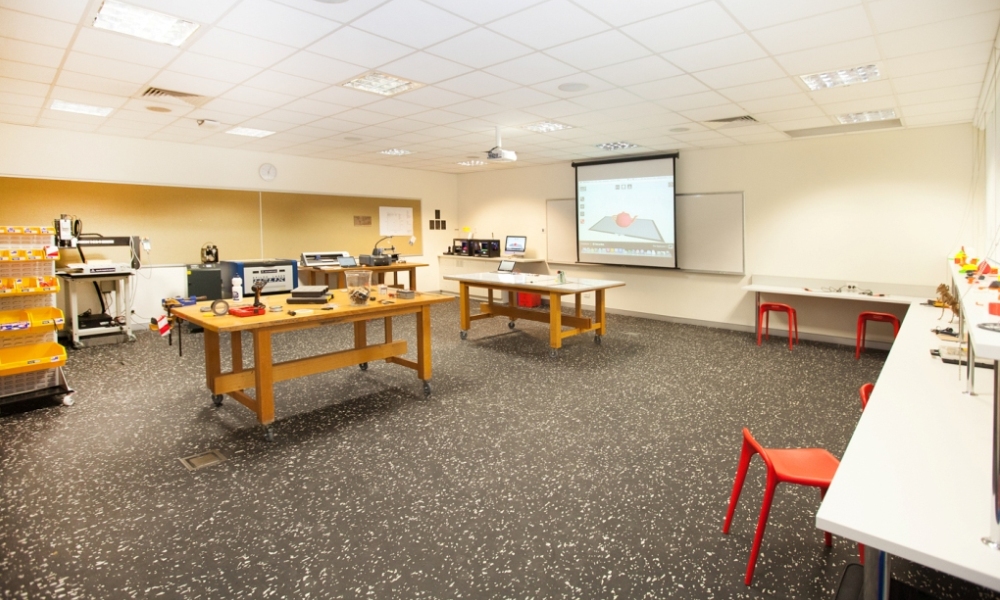Products and Services Used
Summary
Brooklyn Tech students pursue majors from biomedical engineering to architecture to social science research, but first they take a course in Design and Drawing for Production. “All freshmen take it,” says assistant principal Nicole Culella. The course includes instruction in Autodesk Inventor, and beginning this year, each Design and Drawing for Production classroom is outfitted with a MakerBot Replicator 2 Desktop 3D Printer. “Every student leaves that year with one piece they make on a MakerBot,” Ms. Culella says.
Brooklyn Technical High School, as teacher Tom Curanovic says, “is a pretty amazing place.” Brooklyn Tech, which counts two Nobel Prize winners among its alumni, is the largest specialized high school for STEM (science, technology, engineering and mathematics) in the United States. More than half of its 5500 students are eligible for school lunch subsidies, and the junior class includes Dante De Blasio, the son of New York’s new mayor.
Brooklyn Tech students pursue majors from biomedical engineering to architecture to social science research, but first they take a course in Design and Drawing for Production. “All freshmen take it,” says assistant principal Nicole Culella. The course includes instruction in Autodesk Inventor, and beginning this year, each Design and Drawing for Production classroom is outfitted with a MakerBot Replicator 2 Desktop 3D Printer. “Every student leaves that year with one piece they make on a MakerBot,” Ms. Culella says.
3D printing has also become part of the curriculum for several advanced courses, including industrial design and studio art. In Tom Curanovic’s computer-integrated manufacturing lab, seniors began the year by making the same project in two ways: by cutting it out of a steel plate and by 3D printing it in PLA filament. “It’s more labor intensive on the drill press, four to five days,” Curanovic says. “On the MakerBot, as long as you can draw it, it’s done in 45 minutes.”
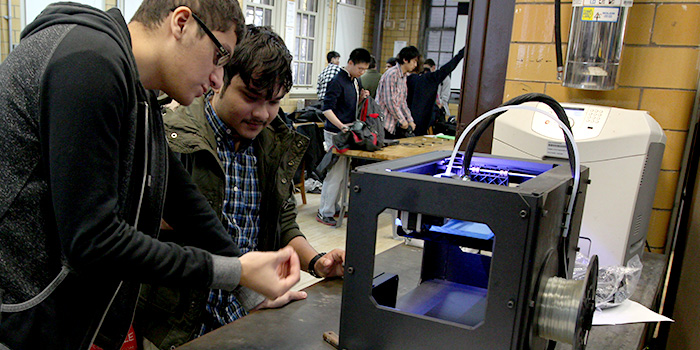
Speed is only one reason rapid prototyping is rapidly transforming how Curanovic runs his class. Students need less training to use the MakerBot Replicator 2 than heavy machinery, which, for safety reasons, requires individual supervision. The ease of 3D printing opens up the world of manufacturing to a wider range of students.
“From kindergarten to 11th grade, everything was on a piece of paper,” says Vishnu Sanigepalli, a senior from Queens, NY, who discovered the MakerBot Replicator 2 when he needed a new case for his flash drive. A couple of months later, Sanigepalli was making models for his calculus teacher and parts for the robotics team, and he was teaching the rest of his class how to print their 3D designs. After graduation, Sanigepalli dreams of going on to college and making a quantum computer. He has studied math and computer science, but “it’s not enough to know quantum physics,” he says. “You have to make things.”




